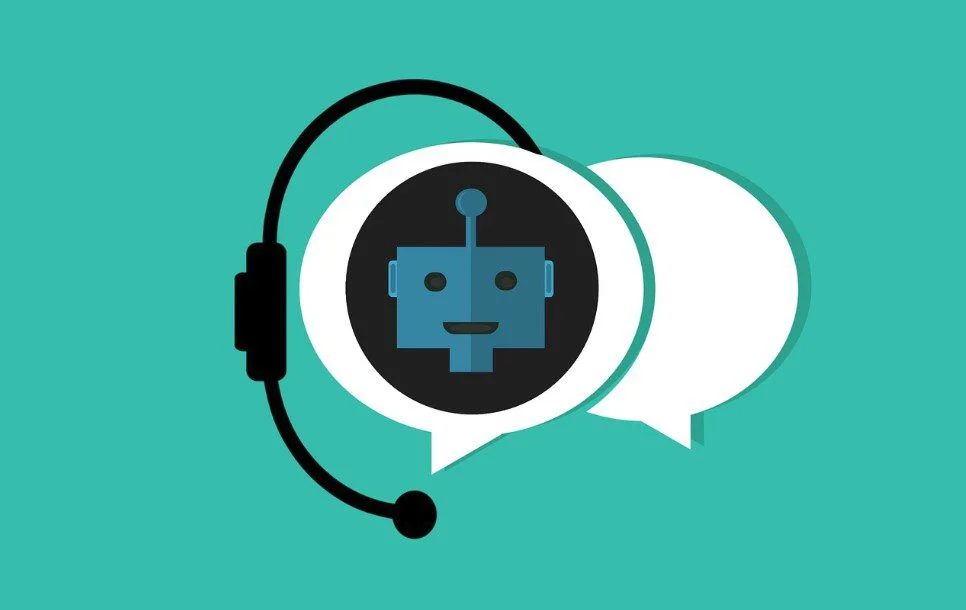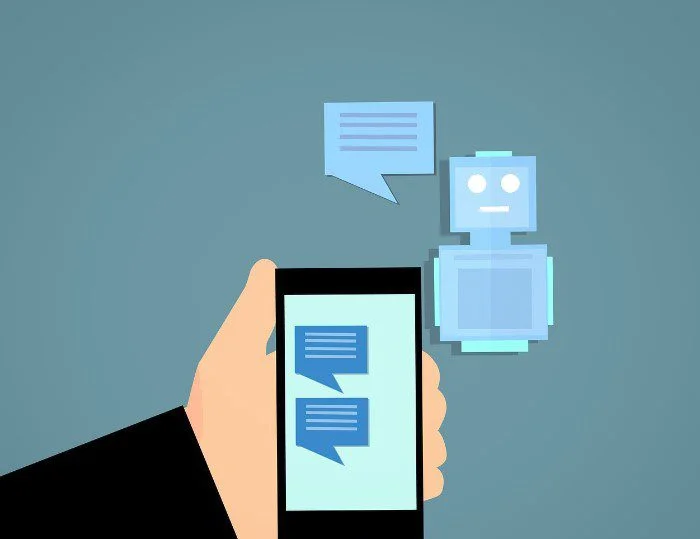Digital learning tools refer to the wide range of technological resources and applications that enhance and support the process of education and learning. These tools leverage digital technologies to provide interactive, engaging, and personalized learning experiences for students of all ages.
They are designed to supplement traditional teaching methods, facilitate collaboration, and promote active participation in the learning process.
All schools wishing to remain relevant in the 21st century need to embrace relevant digital learning tools in the new look-classroom. These tools, in addition to the modern teacher and relevant learning practices, will facilitate the acquisition of skills that children need for school, life, and work.
Whereas classroom instructions based on digital tools have shown glimpses of hope in many countries, it is receiving lukewarm adoption in others. This is largely because of procrastination and the effects of the digital divide.
The pessimists are still looking for reasons to hold it off for a few more decades. Elsewhere, poor schools in developing countries don’t have the money to invest in the modern day classroom!
Thankfully, the procrastinators received the jolt they needed as a result of the COVID-19 pandemic. In developing countries, schools are made to try harder to acquire digital learning tools.
In addition, millennial parents are quickly figuring out ways to digitize education at home, because of the lessons learned during the COVID-19 experiences. They encourage their children to adopt technology faster than older generations. In this regard, they are challenging educators to grasp relevant teaching methodologies befitting their children.
… and What is Digital Learning?

Digital learning, also known as e-learning or online learning, refers to the use of digital technologies to deliver educational content and facilitate learning experiences.
It involves the use of electronic devices such as computers, tablets, smartphones, and the internet to access educational resources. Thus, they participate in virtual classrooms, and engage in interactive learning activities.
Digital learning offers various formats and approaches, including online courses, multimedia presentations, educational videos, interactive simulations, virtual reality experiences, and collaborative online platforms.
These technologies enable learners to access educational materials and engage in learning activities anytime and anywhere, as long as they have an internet connection.
Common tools for digital learning include:

1. Learning Management Systems (LMS):
LMS platforms like Moodle, Canvas, and Blackboard provide a comprehensive set of tools for course management, content delivery, assessments, and communication.
2. Online Course Platforms:
Platforms like Coursera, Udemy, and Khan Academy offer a wide range of online courses on various subjects, providing video lectures, interactive quizzes, and discussion forums.
3. Interactive Multimedia Resources:
Websites and platforms like TED-Ed, YouTube Educational Channels, and National Geographic Kids provide educational videos, animations, and interactive simulations.
4. Collaboration and Communication Tools:
Tools like Google Classroom, Microsoft Teams, and Slack enable real-time collaboration, discussion, file sharing, and communication among students and instructors.
5. Adaptive Learning Systems:
Adaptive learning tools such as Knewton, DreamBox, and Smart Sparrow use data and AI algorithms to personalize learning experiences by adjusting content and activities based on individual student needs.
6. Gamification and Educational Games:
Platforms like Kahoot, Quizlet, and Classcraft incorporate gamification elements to make learning interactive and engaging through quizzes, flashcards, and game-based learning experiences.
7. Virtual Reality (VR) and Augmented Reality (AR):
VR and AR tools like Google Expeditions, Nearpod VR, and Merge Cube provide immersive and interactive learning experiences, allowing students to explore virtual environments and manipulate objects.
8. Online Interactive Whiteboards:
Tools like Miro, Jamboard, and Padlet enable collaborative brainstorming, concept mapping, and visual presentations, replicating the experience of physical whiteboards in a digital format.
9. Online Assessment Tools:
Platforms such as Quizizz, Formative, and Edmodo provide features for creating and administering online quizzes, assignments, and assessments with instant feedback and grading.
10. Language Learning Apps:
Language learning apps like Duolingo, Babbel, and Rosetta Stone offer interactive lessons, vocabulary practice, and language proficiency assessments for learners of different languages.
11. Generative AI tools:
Generative AI refers to artificial intelligence systems that are capable of generating new content, such as text, images, or even music, based on patterns and examples from existing data. It can be used to create educational materials such as interactive textbooks, practice exercises, or even generate entire lessons.
It can analyze existing educational content and generate new examples or scenarios that help reinforce learning.
Examples of such tools include OpenAI’s ChatGPT, Deep Art, RunwayML, NVIDIA GANs, Google’s DeepDream, Jukedeck, and IBM Watson’s Tone Analyzer.
Reasons for Digital Learning Solutions Today

1. The Ready Alpha Market
Alpha children, who form the bulk of children today, do not have to go to school to learn the basics of computing. They acquire these skills through constant exposure to digital tools at home.
They practically start using tech devices early, and weave their way through the ubiquitous Internet of Things (IoT) with relative ease.
In a UNESDOC file regarding the Pursuit of Smart Learning Environments for the 21st Century,
Learners today utilize mobile gadgets and applications as their primary sources of information, knowledge, and social discourse. However, despite these advances in educational technologies and the way learners have adapted to their changing environments, many classrooms today still employ teaching methods of the past: lecture formats, unauthentic assessments, and rote learning.
It is therefore absurd when they enter a learning environment that is distant from home and workplace experiences. It is no wonder they are bored, and go through traditional learning with little interest.
2. The Stimulated Alpha Mindset
By the time Alpha children start formal education, their brains are stimulated enough to acquire skills and knowledge via technology.
After they have played computer games and solved multiple interactive tasks at home, they feel fine-tuned to explore opportunities in the same paths.
The eager mind in them yearns for challenging assignments beyond what traditional education offers. It is boring when they have to sit back and let the teacher talk endlessly, and scribble notes routinely.
To tap into these brains, parents and teachers need to re-evaluate the learning tools and approaches used to educate them.
3. Staying Ahead of the Learning Curve
Just as newspaper articles become outdated the minute they hit the streets, so are textbooks, used in traditional learning models. The internet offers more than enough to challenge traditional text book and other paper forms.
Nostalgia aside, it may come as a relief to many, then, that textbooks are becoming anachronistic. Digital in-class learning materials, like software that adapts to the ways in which individual students acquire information, and other forms of virtual education content are becoming more effective and intelligent.
The Death of Textbooks?
The internet is awash with old and new information/data that can be sourced from anywhere. Information is available as digital textbooks, audio references, and podcasts, and can be downloaded or shared through online collaborations.
This then begs the question: Are textbooks dead?
Of course not. Still, the Internet has become the preferred source of information for learners and educators, and is becoming readily accessible by the day.
On the other hand, textbooks are becoming expensive because of the cost involved in producing them.
4. Online and Offline Collaborations
Learners and educators from one part of the globe can now engage with peers from other geographical locations and share valuable content online.
Time, path, space, and place do not limit this collaboration, as it encourages classroom engagement beyond the norm. In this learning environment, content and ideas are embraced from near and far.
Educators are thus challenged to keep up to speed with the explosive amount of resources available, and the curious mind of digital learners.
The experience will probably get even better when the Metaverse becomes reality in the near future.
5. Preparing for Future Job Markets
The speed at which marketplace trends continue to evolve today only illustrate why learners must be educated with relevant digital learning tools. They must also get quipped with 21st century skills.
Parents and educators need to keep an open mind about what may or may not happen in the job industry, by getting their children prepped with digital-oriented skills in addition to traditional soft skills.
While many vocations will remain relevant in years to come, we are not sure what jobs will be available for digital natives in the decades to come.
It is interesting to imagine how advancements in Automation and Artificial Intelligence (AI) will shape the job market in the next few decades.
In any case, the second wave of digital transformation is a harbinger of things to come. It is all built around excellence in service delivery, simplicity, and of course intelligence automation.
More opportunities and job titles will become available in the future, just as new ones have come in the last few decades.
To illustrate, it was hard to predict 20 years ago that career descriptions listed below would feature in job listings:
- Mobile phone app developer
- Technical evangelist
- Social media influencer
- Digital prophet
- Data detective
6. Embracing Higher-Order-Thinking Skills (HOTS)
Higher-order thinking skills (HOTS) empower learners to acquire knowledge for transfer purposes. This is unlike rote learning, which emphasizes the learner’s ability to recall textbook notes.
According to Anderson and Krathwohl (2001) teaching based on knowledge transfer empowers learners to internalize what they have learned and use it in real life.
This is a concept-centered approach. It is aimed at fostering skill development, meta-cognition, critical thinking, and problem-solving strategies. This can be greatly enhanced through constant interaction with technology.
As far as technology goes, we do not use computing devices to only read and reproduce information. It is about understanding and using them as target tools for college, work and life in the 21st century.
The proliferation of internet data and computing devices simply means that information is freely available for educators and learners. This is accessible through mobile phones and desk-based computers, anytime and anywhere.
Needless to say, educators need to embrace practices beyond data dumping.
Q and A On Digital Learning

Q: How has digital learning impacted traditional educational models?
A: Digital learning has transformed traditional educational models by providing flexible and accessible learning opportunities. It has expanded access to education, allowing learners to access resources and participate in courses from anywhere. Additionally, it has encouraged personalized and self-directed learning, fostered collaboration, and opened up new possibilities for interactive and immersive learning experiences.
Q: What are the advantages and disadvantages of digital learning for students?
A: Advantages of digital learning include flexibility in scheduling, access to a wide range of educational resources, interactive learning experiences, and the ability to learn at one’s own pace. It also promotes the development of digital literacy skills. However, potential disadvantages include the need for self-motivation and discipline, limited face-to-face interaction, and the possibility of technical issues or connectivity problems that can hinder the learning experience.
Q: How can digital learning be effectively integrated into the K-12 curriculum?
A: Digital learning can be effectively integrated into the K-12 curriculum by combining online resources with traditional teaching methods. This can involve using interactive educational software, online multimedia resources, virtual field trips, and collaborative online platforms. It is essential to provide adequate training and support to teachers and ensure access to devices and internet connectivity for all students to ensure effective integration.
Q: What role does artificial intelligence play in enhancing digital learning experiences?
A: Artificial intelligence (AI) plays a significant role in enhancing digital learning experiences. AI-powered tools can analyze learner data, provide personalized recommendations, and adapt content based on individual needs. Intelligent tutoring systems can offer targeted feedback and guidance, while chatbots can provide immediate assistance and support. AI also enables automated grading and assessment, saving time for educators and providing timely feedback to students.
Q: What are the key challenges and potential solutions for ensuring equitable access to digital learning resources and technologies?
A: Key challenges in ensuring equitable access to digital learning resources include the digital divide, where some students lack devices or reliable internet access, as well as disparities in digital literacy skills. Potential solutions include initiatives to provide devices and internet connectivity to underserved communities, partnerships with organizations to offer technology resources, and promoting digital literacy through training programs. Collaborative efforts involving government, educational institutions, and private sector entities are crucial in addressing these challenges.





Leave a Reply